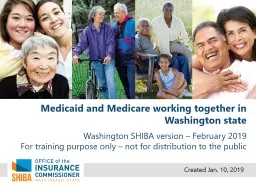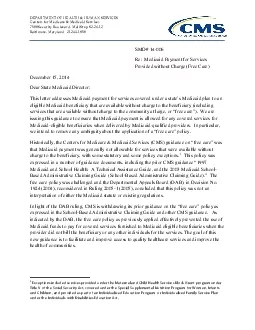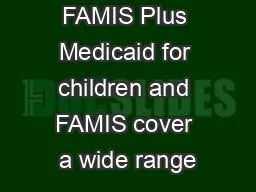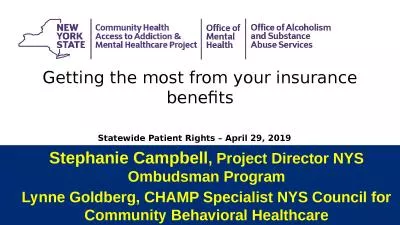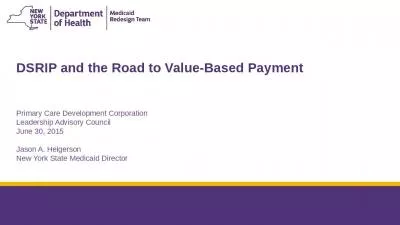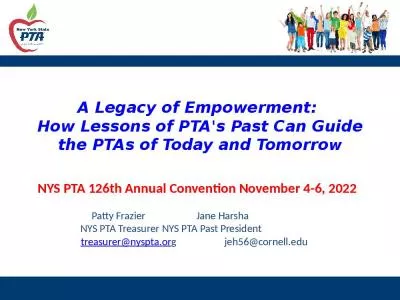PPT-NYS Medicaid Redesign: How to Transform a State Health and
Author : alida-meadow | Published Date : 2017-06-07
Harvey Rosenthal NYAPRS Philip Saperia CBHA John Copolla ASAPNYS NJAMHAA Annual Conference April 13 2016 1 A peerled statewide coalition of people who use andor
Presentation Embed Code
Download Presentation
Download Presentation The PPT/PDF document "NYS Medicaid Redesign: How to Transform ..." is the property of its rightful owner. Permission is granted to download and print the materials on this website for personal, non-commercial use only, and to display it on your personal computer provided you do not modify the materials and that you retain all copyright notices contained in the materials. By downloading content from our website, you accept the terms of this agreement.
NYS Medicaid Redesign: How to Transform a State Health and: Transcript
Download Rules Of Document
"NYS Medicaid Redesign: How to Transform a State Health and"The content belongs to its owner. You may download and print it for personal use, without modification, and keep all copyright notices. By downloading, you agree to these terms.
Related Documents

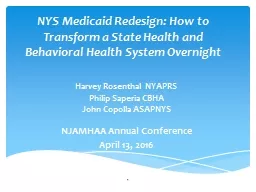

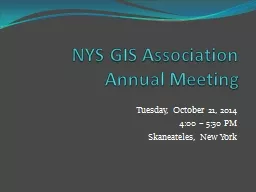
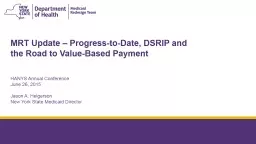
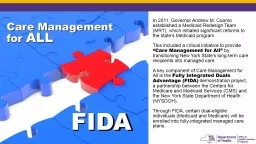
![State Medicaid Alternative Reimbursement and Purchasing Test for High-cost Drugs [SMART-D]](https://thumbs.docslides.com/745909/state-medicaid-alternative-reimbursement-and-purchasing-test-for-high-cost-drugs-smart-d-project.jpg)

